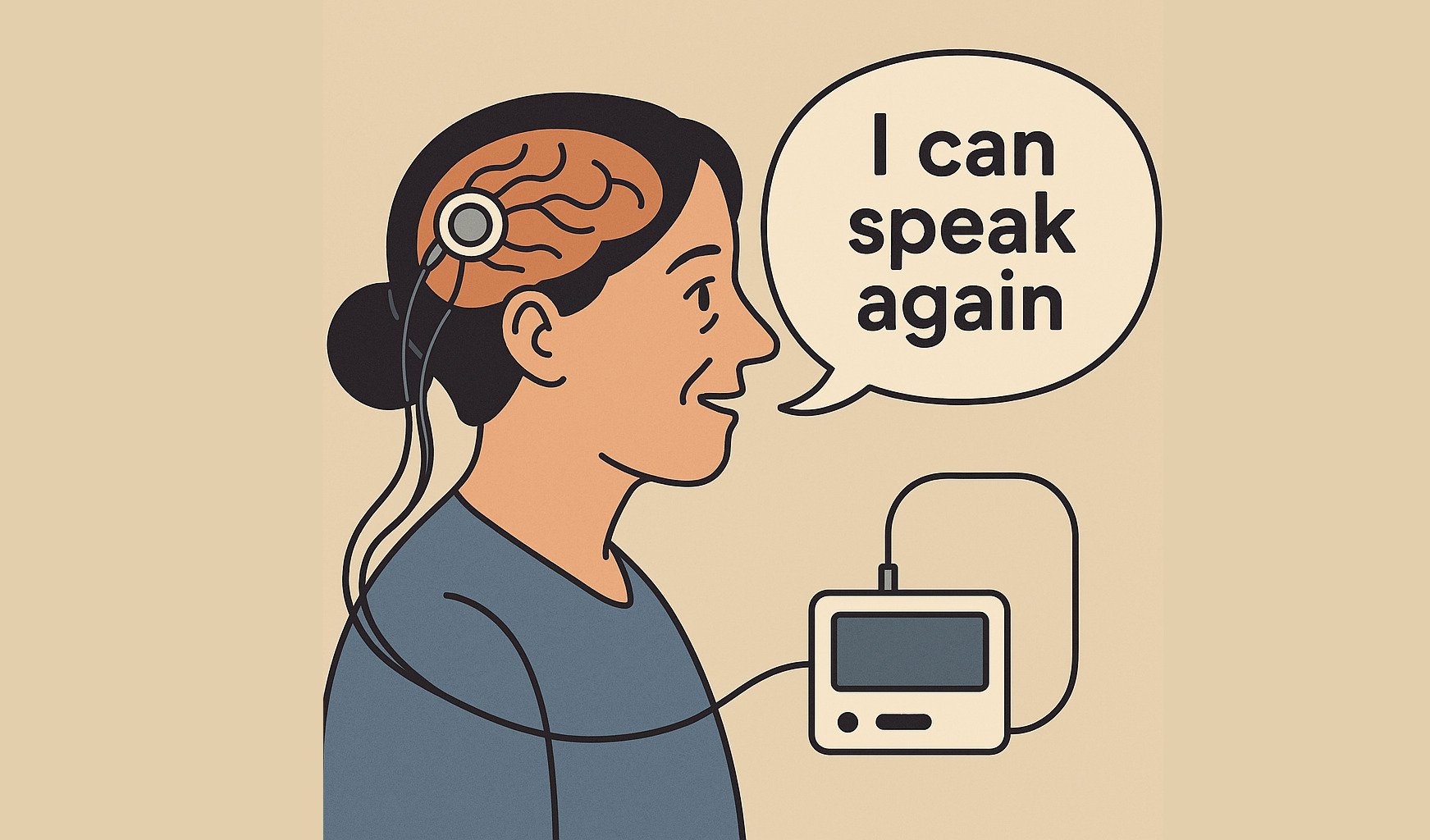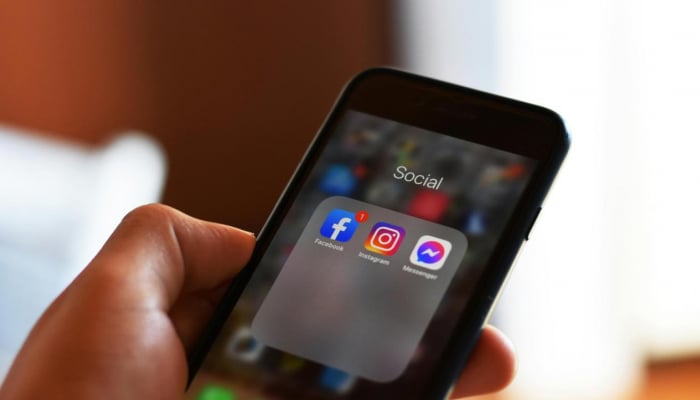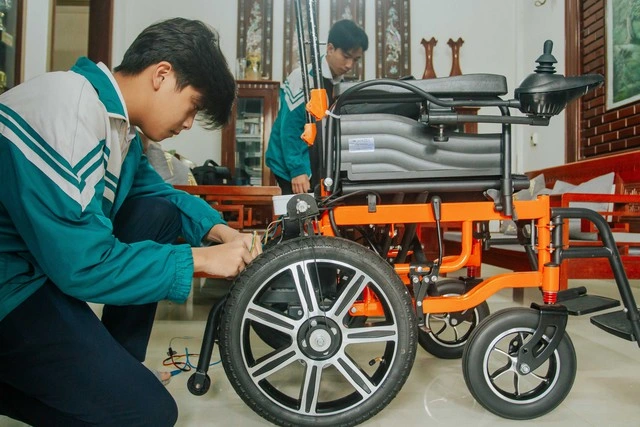The device is currently in the testing phase. The goal of this technology is to help people who cannot speak speak in the future.
The latest study describes testing the device on a 47-year-old woman who had been quadriplegic and unable to speak for 18 years after a stroke. Doctors performed surgery to implant the device into her brain as part of a clinical trial.
"This technology turns her speech intentions into fluent sentences," said Gopala Anumanchipalli, co-author of the study published in the journal Nature Neuroscience on March 31.

Illustration: AI
Typically, brain-computer interfaces (BCIs) for speech have a small delay between thought and produced speech, which can disrupt conversation and lead to misunderstandings. The team was able to reduce this delay, allowing speech to be generated almost instantly from thought.
"This is a pretty big step forward in the field," said Jonathan Brumberg, a researcher at the University of Kansas's Applied Neuroscience and Language Laboratory.
The California team recorded the woman’s brain activity with electrodes as she thought sentences in her head. They then used a speech synthesizer, created from her pre-injury voice, to recreate the sounds she would have made. An AI model was trained to convert the neural activity into units of sound.
Anumanchipalli, from the University of California, Berkeley, said the technology works much like existing systems for recording meetings or phone calls in real time. The implant sits on the brain’s language center, listening for nerve signals and translating them into speech.
He explained that the device uses a “streaming” method, in which each 80-millisecond chunk of speech, equivalent to half a syllable, is sent to the recorder. “It doesn’t have to wait for the full sentence, it processes it right away,” Anumanchipalli said.
Brumberg said that fast speech decoding could potentially help keep up with the speed of natural speech, and using voice models would help produce more natural speech.
Anumanchipalli said the technology needs further research before it can be widely deployed, but with sustained investment, it could be accessible to patients within the next decade.
Ngoc Anh (according to SCMP, Nature Neuroscience)
Source: https://www.congluan.vn/thiet-bi-moi-giup-nguoi-bi-dot-quy-phuc-hoi-kha-nang-giao-tiep-post340963.html


![[Photo] Comrade Khamtay Siphandone - a leader who contributed to fostering Vietnam-Laos relations](https://vstatic.vietnam.vn/vietnam/resource/IMAGE/2025/4/3/3d83ed2d26e2426fabd41862661dfff2)

![[Photo] Moment of love: Myanmar people are moved to thank Vietnamese soldiers](https://vstatic.vietnam.vn/vietnam/resource/IMAGE/2025/4/3/9b2e07196eb14aa5aacb1bc9e067ae6f)
![[Photo] Special relics at the Vietnam Military History Museum associated with the heroic April 30th](https://vstatic.vietnam.vn/vietnam/resource/IMAGE/2025/4/3/a49d65b17b804e398de42bc2caba8368)






































































![[Podcast] News on March 24, 2025](https://vstatic.vietnam.vn/vietnam/resource/IMAGE/2025/4/3/f5fa1c3a9ae14d4590ac6965d233586b)














Comment (0)